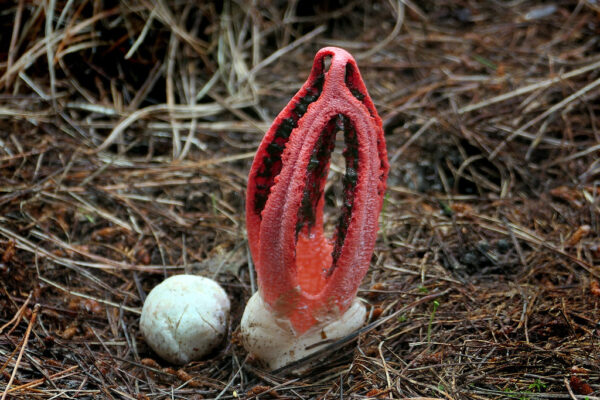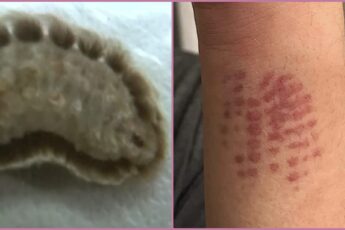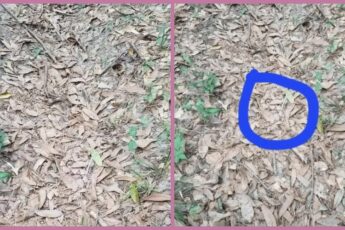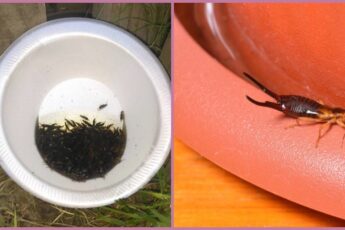Have you ever been left in awe by the sheer unpredictability of nature? I can’t tell you how many times I’ve been watching a documentary or stumbled upon a YouTube video and been left shocked by just how raw and – I’ll be frank – terrifying nature can be. The truth is, many of us know very little about the world around us, and that’s okay – the world is a very, very big place, after all.
While that thought might be disconcerting to some, I think it’s also important to remember that the many hidden wonders of the world are what make this giant rock we all call home so special. Wouldn’t it be a tad boring if everything looked and acted the same?
I’ll confess to having a natural curiosity about all things ‘wild’, so it’s hardly a surprise that I was drawn to a particular video about a fascinating species of fungus known as the Octopus Stinkhorn.
Keep reading to learn, what’s so special about it…

An Unforgettable Encounter with Nature
Nature has a way of surprising us, often when we least expect it. My first encounter with the Octopus Stinkhorn, also referred to as the “devil’s fingers,” was one such moment. This fungus has an exceedingly distinctive appearance, and its road to maturity is every bit as captivating.
If you didn’t know this fungus existed prior to reading this article, don’t worry, you’re not alone! The Octopus Stinkhorn is reportedly native to Australia and New Zealand.
Despite its exotic origins, this fungus can now be found in other continents, including Europe and North America.
The Global Spread of the Fungus
The distinctive fungus appears to sprout from what looks like a broken egg (it’s not), before forming into a number of elongated, pink arms. These arms give it the appearance of a sea creature rather than a terrestrial fungus.

See more the video below:
Wow! Have you ever seen anything like this? Let us know.







